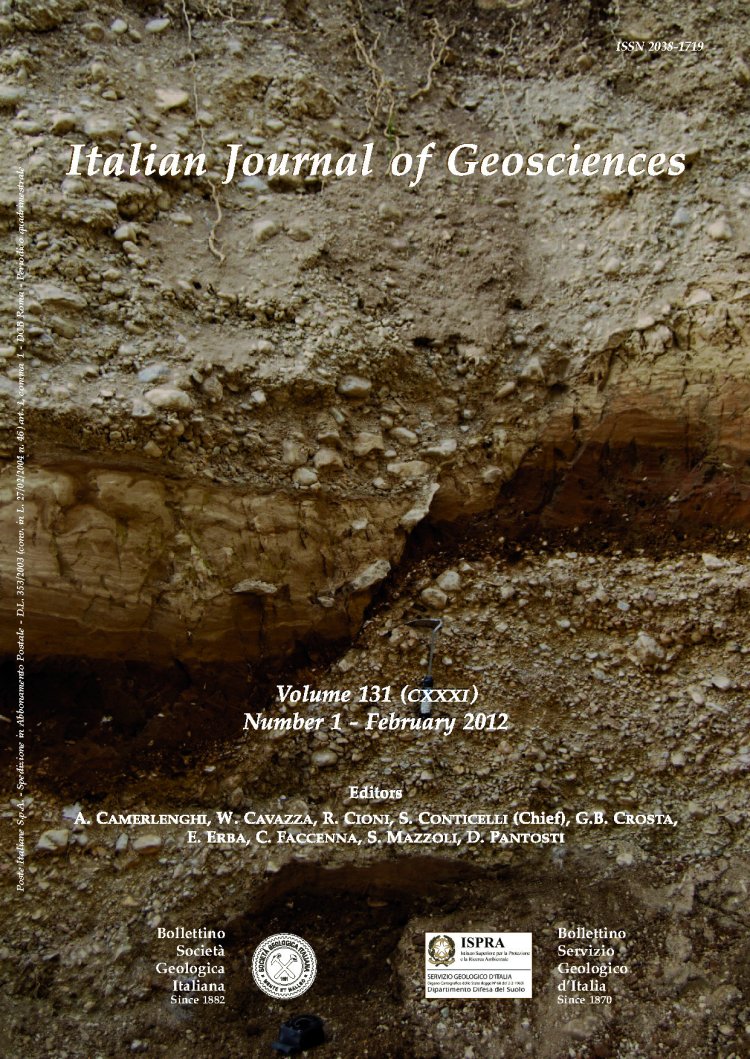
Persististrombus latus (GMELIN) in the upper Pleistocene deposits of the marine terraces of the Crotone peninsula (southern Italy)
Ronald Nalin(*), Valentina Alice Bracchi(**), Daniela Basso(**) & Francesco Massari(***)
(*) Geoscience Research Institute, 11060 Campus Street, Loma Linda, CA, USA. rnalin@llu.edu
(**) Dipartimento di Scienze Geologiche e Geotecnologie, Università
di Milano-Bicocca, Piazza della Scienza, 4 - 20126 Milano, Italy.
(***) Dipartimento di Geoscienze, Università di Padova, Via Giotto, 1 - 35137 Padova, Italy.
Volume: 131 (2012) f.1
Pages: 95-101
Abstract
Persististrombus latus (GMELIN, 1791) (=Strombus bubonius LAMARCK, 1822), is the most iconic representative of the "Senegalese fauna", a fossil assemblage of tropical water organisms thought to have colonized the Mediterranean Sea during the last interglacial. As such, P. latus has become an important stratigraphic marker of Marine Isotope Stage (MIS) 5.5, allowing the correlation of raised coastal deposits used in studies of sea level variations and tectonic uplift. P. latus is found in shallow marine sediments of Tyrrhenian age (~124 ka) in several localities of the Italian peninsula. However, despite intensive surveying through the years, the late Pleistocene marine terraces of the Crotone peninsula, which preserve an extensive volume of fossiliferous deposits attributed to MIS 5, have yielded very few specimens of P. latus. This paper reports the finding of several new specimens of P. latus near Isola di Capo Rizzuto, in deposits that had been independently assigned to MIS 5.5, and two specimens from the Capo Colonna terrace, which is thought to correlate with MIS 5.3 or 5.1. The Crotone peninsula, therefore, represents one of the few localities in Italy where multiple stratigraphically distinct P. latus-bearing units can be observed.
Keywords
Get Full Text